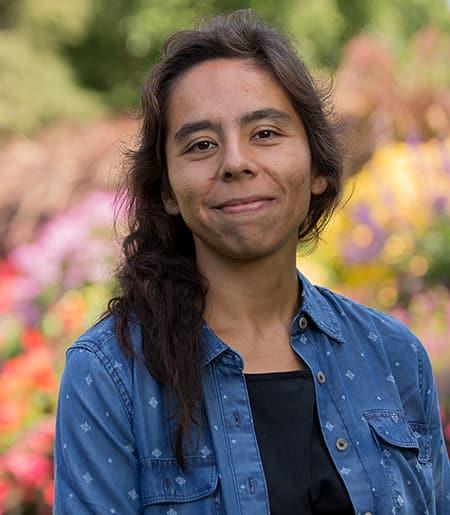Overview
Laura Pérez León received her Ph.D. in philosophy with a focus on cognitive sciences from the National Autonomous University of Mexico (UNAM) in 2013. Her current research focuses on the nature of social vision, and the role of social perception in the constitution of the social world. Before coming to Cornell she conducted research on the phenomenal character of social vision in the Philosophy Department at Harvard University (2014-2017), and before that for a project on the philosophy of perception at UAM-C in Mexico City, Mexico (2012-2014). In 2014 Laura founded MENTEINVESTIGACION, an organization of philosophers interested in topics in the philosophy of mind in Mexico. Laura’s research interests include Philosophy of mind, Philosophy of Cognitive Sciences, Social Philosophy, and Social Documentary Photography. Laura was a Society Fellow at the Society for the Humanities during the 2017-18 year on "Corruption."
Research Focus
Collectively Perceiving Institutional Corruption in Mexico: The Case of Photography and Cinema
My aim is to examine the collective character of artistic visual representations of institutional corruption in Mexico. My project focuses on the relationships among three topics: (i) social vision (a form of collective intentionality), (ii) institutional corruption in Mexico, and (iii) artistic visual representations of institutional corruption in Mexico. I seek to analyze visual forms of collectively perceiving other human individuals within corrupt settings. My case study is a series of photographs, films, and documentaries which depict corruption within three social settings in Mexico: the government, the university, and the family. These works afford collective visual representations of institutional corruption made manifest in individual persons who are corrupt or who have been corrupted. The question I address here is: what is the visual form which the selected works of photography and cinema employ to represent the property of institutional corruption in Mexico? My first hypothesis is that, perhaps surprisingly, institutional corruption can itself be seen. My second hypothesis is that visual representations of corruption are themselves collective. They are a form of collective intentionality.

